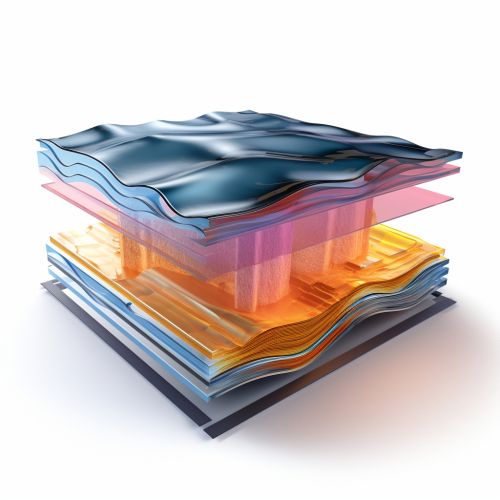The Chemistry of Organic Solar Cells
Introduction
Organic solar cells (OSCs) are a type of photovoltaic technology that utilizes organic molecules or polymers to convert light into electricity. Unlike traditional inorganic solar cells, which are made from crystalline silicon or other inorganic materials, OSCs are composed of carbon-based compounds. This makes them lighter, more flexible, and potentially less expensive to manufacture.


Composition and Structure
The key components of an OSC are the active layer, the electrodes, and the interfacial layers. The active layer is where the conversion of light into electricity takes place. It is typically composed of a blend of a polymer donor and a fullerene acceptor. The electrodes, which are usually made of metal or other conductive materials, transport the generated electric charge out of the cell. The interfacial layers are situated between the active layer and the electrodes, and they help to improve the efficiency of charge transport and collection.


Working Principle
The operation of an OSC begins with the absorption of light by the active layer. This absorption creates excitons, which are bound pairs of an electron and a hole. These excitons are then separated at the interface between the polymer donor and the fullerene acceptor, creating free charges. These charges are then collected at the electrodes, generating an electric current.


Types of Organic Solar Cells
There are several types of OSCs, each with its own unique properties and advantages. These include bulk heterojunction (BHJ) solar cells, dye-sensitized solar cells (DSSCs), and organic-inorganic hybrid solar cells. BHJ solar cells are the most common type of OSC, and they are known for their high efficiency and ease of fabrication. DSSCs, on the other hand, use a dye to absorb light and generate excitons, while organic-inorganic hybrid solar cells combine the benefits of both organic and inorganic materials.


Advantages and Challenges
The main advantages of OSCs include their light weight, flexibility, and potential for low-cost production. They can be fabricated using solution-based processes, which makes them suitable for large-scale production and roll-to-roll manufacturing. However, OSCs also face several challenges, such as their relatively low efficiency compared to inorganic solar cells, their sensitivity to environmental conditions, and the need for further research and development to improve their performance and stability.


Future Perspectives
The future of OSCs looks promising, with ongoing research and development efforts aimed at improving their efficiency, stability, and scalability. New materials and device architectures are being explored, and there is also a growing interest in the use of OSCs in tandem with other types of solar cells to achieve higher efficiencies. Furthermore, the potential for integrating OSCs into flexible and wearable electronics, building-integrated photovoltaics, and other novel applications opens up exciting opportunities for this technology.


